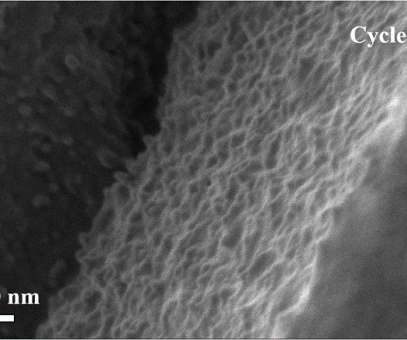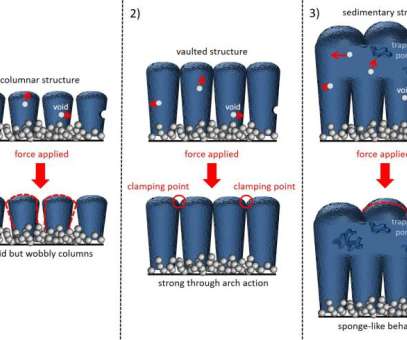Carbon nanomembrane prevents dendrite formation in Li-metal batteries, doubles lifetime
Green Car Congress
JUNE 22, 2021
The energy density of traditional lithium-ion batteries is approaching a saturation point that cannot meet the demands of the future—in electric vehicles, for example. Lithium metal batteries can provide double the energy per unit weight when compared to lithium-ion batteries. Here, the use of an ultrathin (?1.2



























Let's personalize your content